A robust synthesis for magnetic CoFe2O4 nanoparticles via a hydrothermal technique was investigated. The prepared magnetic nanoparticles were characterized using powder X‐ray diffraction, scanning, transmission and high‐resolution transmission electron microscopies, energy‐dispersive X‐ray and infrared spectroscopies, thermogravimetric analysis and vibrating sample magnetometry. Based on the obtained data, the prepared powder was composed of ultrafine particles in nanometer size range with highly ...
Read more


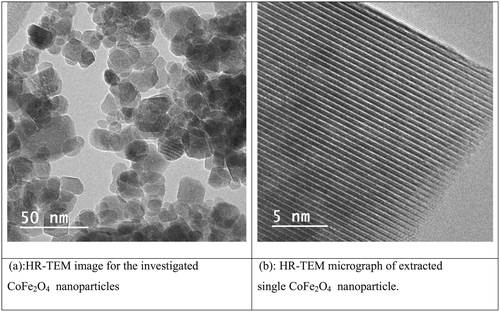
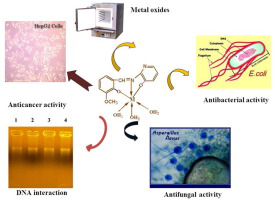

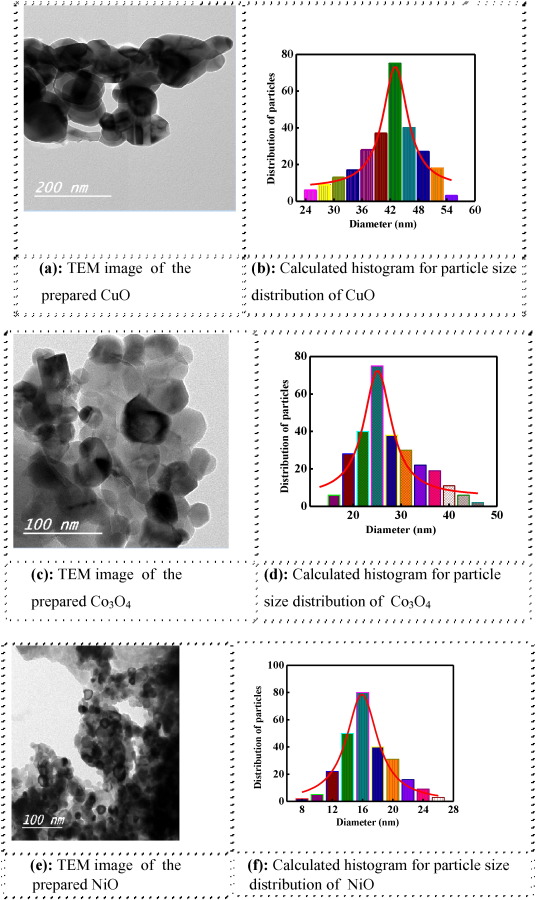
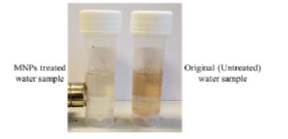
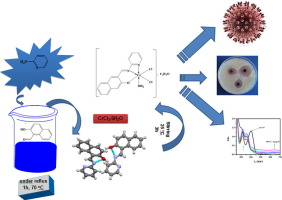
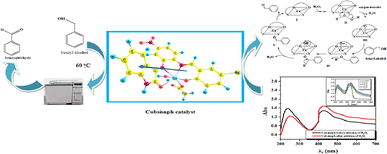
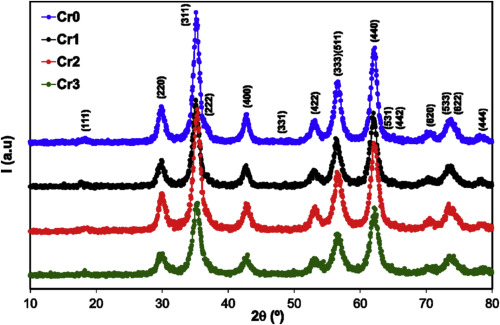
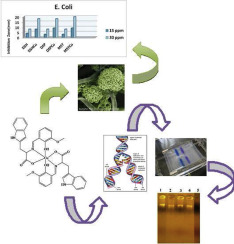
.jpg)